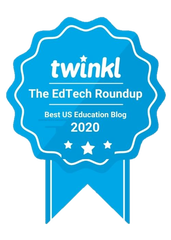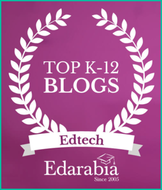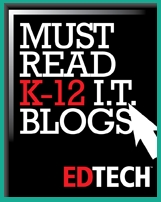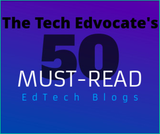
There’s no doubt that this data is being used to improve certain aspects of education, but with these data collection tools and strategies come considerable risks. There are obvious questions about the ethics of collecting student information; at what point do educators invade students’ personal privacy?
What Type of Data Is Collected?
There are countless potential applications in the educational world for this process. As outlined in Computational Science and Its Applications, types of data that are currently collected include:
- Student Identity Data: This consists of information used to identify a student’s demographic information, their application permissions, and biometric information, such as fingerprints. Administrative decisions are often based on student demographics, especially when it comes to onboarding new learners. Some specific devices or functions to track students may also require this information, such as biometric scanners or RFID chips.
- User Interaction Data: Engagement metrics — click rates, page views, bounce rates, and so on — sound like they would be of more interest to a web developer than an educator, but they can be highly useful for those looking to improve student engagement.
- Inferred Content Data: This data is concerned with one question: How well does instructional material achieve its goal? When a learner interacts with a particular piece of content, it is essential to measure how it affects their proficiency. Results from assessments like tests, presentations, and other assignments can be tracked to determine whether certain teaching strategies or educational technologies are efficacious.
- System-Wide Data: System-wide data is intended to be easily accessible to faculty and includes data like class rosters, attendance, disciplinary records, and academic performance. Teachers and administrators often need to access information about a student’s behavior and performance in school, and system-wide data keeps staff on the same page. It can also be used on a wider scale to find correlations and make inferences about policy changes.
- Inferred Student Data: Finally, this form of data consists of, as the name implies, inferences based on teacher, content, and student data. Using inferred student data, we can make predictions on future academic performance. Inferred student data can lead to actionable plans and improved student outcomes.
How Is This Regulated?
This begs the question: can all of the data being transmitted be deemed truly necessary to meet educational goals? Critics of the current state of affairs worry that highly personal information about students is being shared with private corporations. Worryingly, parents are often neither being asked permission for their child’s information to be collected nor for it to be given to unauthorized vendors.
There are also concerns about cybersecurity. In 2017, the Equifax breach — a theft of sensitive records from approximately 145 million U.S. citizens — brought the topic of cybersecurity standards to public discourse in an unprecedented way. However, a more recent headline directly illustrates critics’ fears over the current handling of student data: Schoolzilla, a company that provides data services to K-12 schools, discovered that a data breach resulted in the exposure of information of over 1.3 million students.
This is clearly an issue we are contending with now, and it’s a risk we need to be constantly aware of going forward.The Children’s Internet Protection Act (CIPA), signed into law in 2000, requires schools to use internet filters and software to protect learners from harmful content and from sharing PII. However, it doesn’t adequately protect students from having their information leaked. Data breach preparedness needs to be central focus for IT professionals in K-12 school districts.
Fortunately, many states have begun enacting specific legislation that takes student data privacy into concern. One of the first pieces of such legislation was Oklahoma's HB 1989, back in 2013. Since then, many other states have begun taking action to protect student data, and ensure that laws and regulations are in place to determine what types of data can be collected and how that data can be used. However, there are still a number of states that do not have legislation of any kind in place to protect student data.
Where Do We Go From Here?
As high-profile data breaches in recent years have demonstrated, current cybersecurity protocols are insufficient. To protect student information, will security standards rise to meet the challenge? Or, more to the point, is it fair or reasonable to take such a risk with PII? We can help students protect themselves by imparting the virtues of digital citizenship, but what if we are the ones culpable for putting them at risk?
We need to be careful, as educators and administrators, to not overstep our boundaries. Unless clearer federal regulations are established soon, rampant data collection could leave an exorbitant amount of student data at risk. As transformative technology revolutionizes education within the next few years, decisions made at the federal, state, and district level will define the role big data will have in education.
Bob Hand is a blogger from Boise, ID. He studied English with an emphasis on Secondary Education at the University of South Carolina, and continues to keep a pulse on current issues in education. His hobbies include reading and collecting vinyl records. You can follow him on Twitter @bob_hand567.













